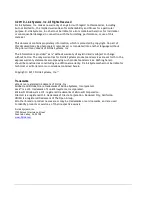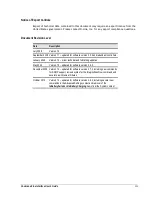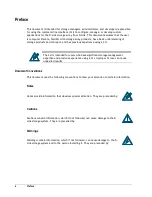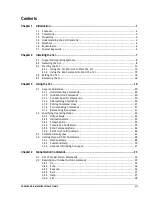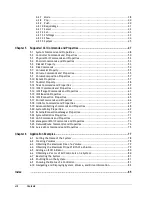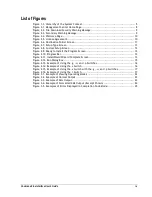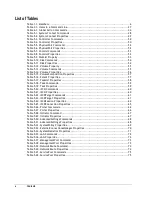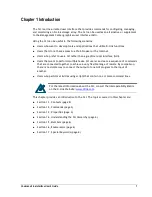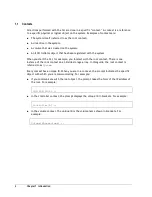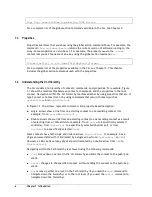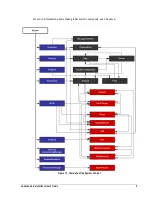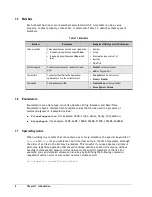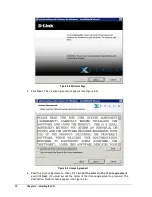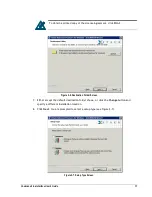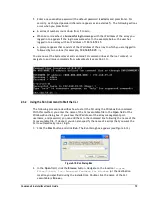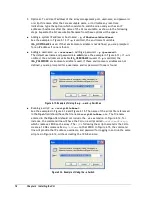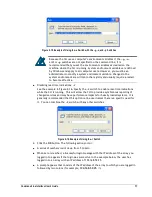
2
Chapter 1 Introduction
1.1
Contexts
All actions performed with the CLI are done in a specific “context.” A context is a reference
to a specific physical or logical object on the system. Examples of contexts are:
The system itself (referred to as the root context),
A disk drive in the system.
A volume that was created on the system.
An iSCSI Initiator object that has been registered with the system.
When you start the CLI, for example, you interact with the root context. There is one
instance of the root context on an D-Link storage array. In this guide, the root context is
referred to as
System
.
Every context has a unique ID. When you are in a context, the prompt indicates the specific
object with which you are communicating. For example:
If you communicate with the root object, the prompt takes the form of the IP address of
the root. For example:
192.168.59.25 ::
In the controller context, the prompt displays the unique ID in brackets. For example:
Controller[A] ::
In the volume context, the unique ID is the volume name shown in brackets. For
example:
Volume[Mynewvolume] ::
Summary of Contents for xStack Storage DSN-4000 Series
Page 6: ...vi Preface...
Page 42: ...32 Chapter 3 Using the CLI This Page Left Intentionally Blank...
Page 56: ...46 Chapter 4 Global Action Commands This Page Left Intentionally Blank...
Page 86: ...76 Chapter 5 Supported CLI Commands and Properties This Page Left Intentionally Blank...
Page 97: ......


